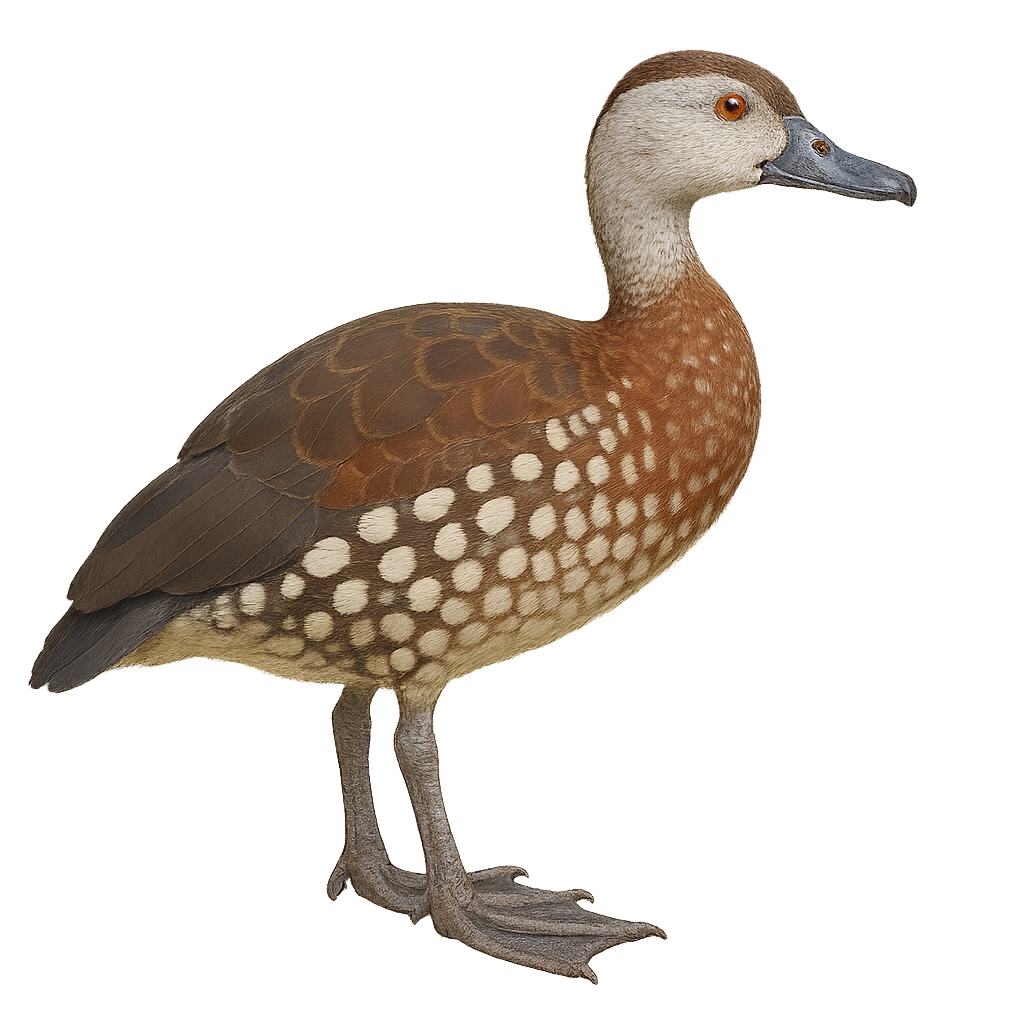Your wildlife photography guide.
Explore the elegant crested tinamou in detail, study its behavior, prepare your shots.
Where to observe and photograph the elegant crested tinamou in the wild
Learn where and when to spot the elegant crested tinamou in the wild, how to identify the species based on distinctive features, and what natural environments it inhabits. The WildlifePhotographer app offers tailored photography tips that reflect the elegant crested tinamou’s behavior, helping you capture better wildlife images. Explore the full species profile for key information including description, habitat, active periods, and approach techniques.
Elegant Crested Tinamou
Scientific name: Eudromia formosa

IUCN Status: Least Concern
Family: TINAMIDAE
Group: Birds
Sensitivity to human approach: Suspicious
Minimum approach distance: 10 m
Courtship display: September to November
Incubation: 24-26 jours
Hatchings: September to December
Habitat:
Dry forests, savannas, grasslands
Activity period :
Primarily active during the day, with peak activity in the morning and late afternoon.
Identification and description:
The Eudromia formosa, or elegant crested tinamou, is a terrestrial bird native to the arid and semi-arid regions of Argentina. It is easily recognizable by its distinctive crest and mottled brown-gray plumage, which allows it to blend into its environment. This bird measures about 40 cm in length and has strong legs adapted for fast running. Although capable of flight, it prefers to run to escape predators. The elegant tinamou primarily feeds on seeds, fruits, and insects. It is monogamous, and the male actively participates in egg incubation. Despite its discreet nature, it plays an important role in the ecosystem by dispersing seeds.
Recommended lens:
400mm – adjust based on distance, desired framing (portrait or habitat), and approach conditions.
Photography tips:
To photograph the elegant crested tinamou, it is advisable to use a telephoto lens of at least 400mm to capture detailed images from a distance. These birds are suspicious and prefer to stay away from humans. Approach slowly and discreetly, using the surrounding vegetation as cover. Morning is the best time to observe them, as they are more active at this time. Be patient and ready to wait to get the perfect shot.
The WildlifePhotographer App is coming soon!
Be the first to explore the best nature spots, track rutting seasons, log your observations, and observe more wildlife.
Already 1 441 wildlife lovers subscribed worldwide

